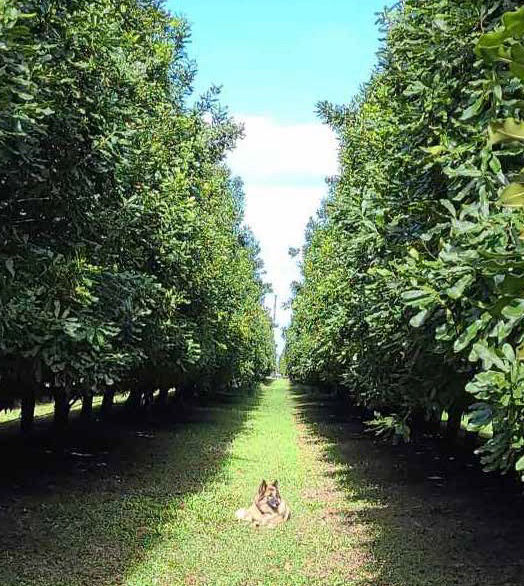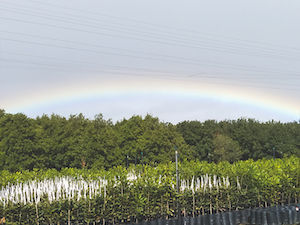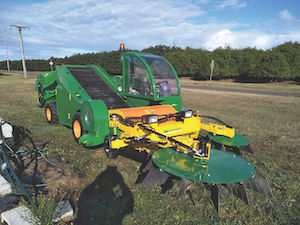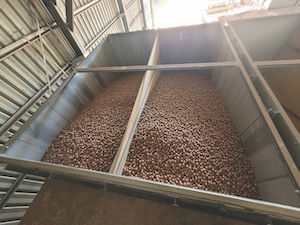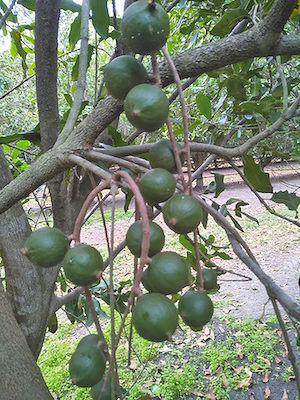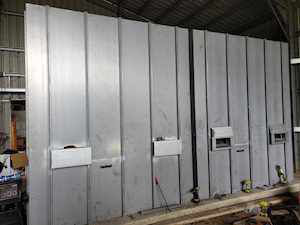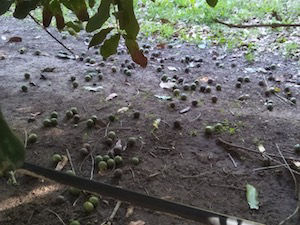7 READ-TIME
Switching from sugar cane to macadamia nuts pays off big for these Australian growers
February 3, 2024
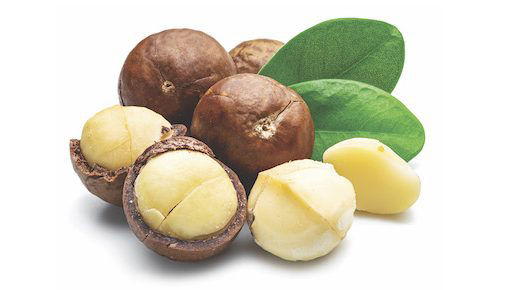
Six hours of irrigation a day, all spring and summer. That is how much water it takes to get a healthy, leafy, perfect yielding macadamia tree. For Chris and Janeen Harte, a few days in a row of rain this spring has been a boon after several years in a row of drought in Bundaberg in Queensland, Australia — one of the most prolific macadamia growing regions in the world. But like growers everywhere; water, weather and crop prices are what they watch to make sure they have a profitable season.
FROM A NUT TO 9,000 TREES
They planted their farm from a nut … well, 9,000 nuts. Macadamia tree seedlings are propagated in sand, and it takes two years from the time the nuts are planted in the sand until they are ready for transplant onto the farm. At that point, the seedlings are around a metre in height, including the root. They are all planted using GPS machinery and it took around a week to plant all 9,000 trees.
They planted four different macadamia varieties and, on the advice of local commercial growers, decided against the industry standard row spacing of 8-metres with four metres between each tree. Instead, they planted 7-metre-wide rows with 3¼ metres between trees. Because their trees are closer together, the Hartes have to prune between them every year to allow for light and air and to reduce disease risk.
TREES HAVE SEASONAL REQUIREMENTS
While tree management is a year-long process, the season begins in July at the end of harvest when they prune the trees and place the mulch around the bases. In September the trees begin to flower for the upcoming season. At that time the Hartes are managing for weeds around the trees to keep them from stealing nutrients.
“We are comfortable with our place in the industry, and we’ll continue to learn, get better at what we do and see where it goes” CHRIS HARTE
